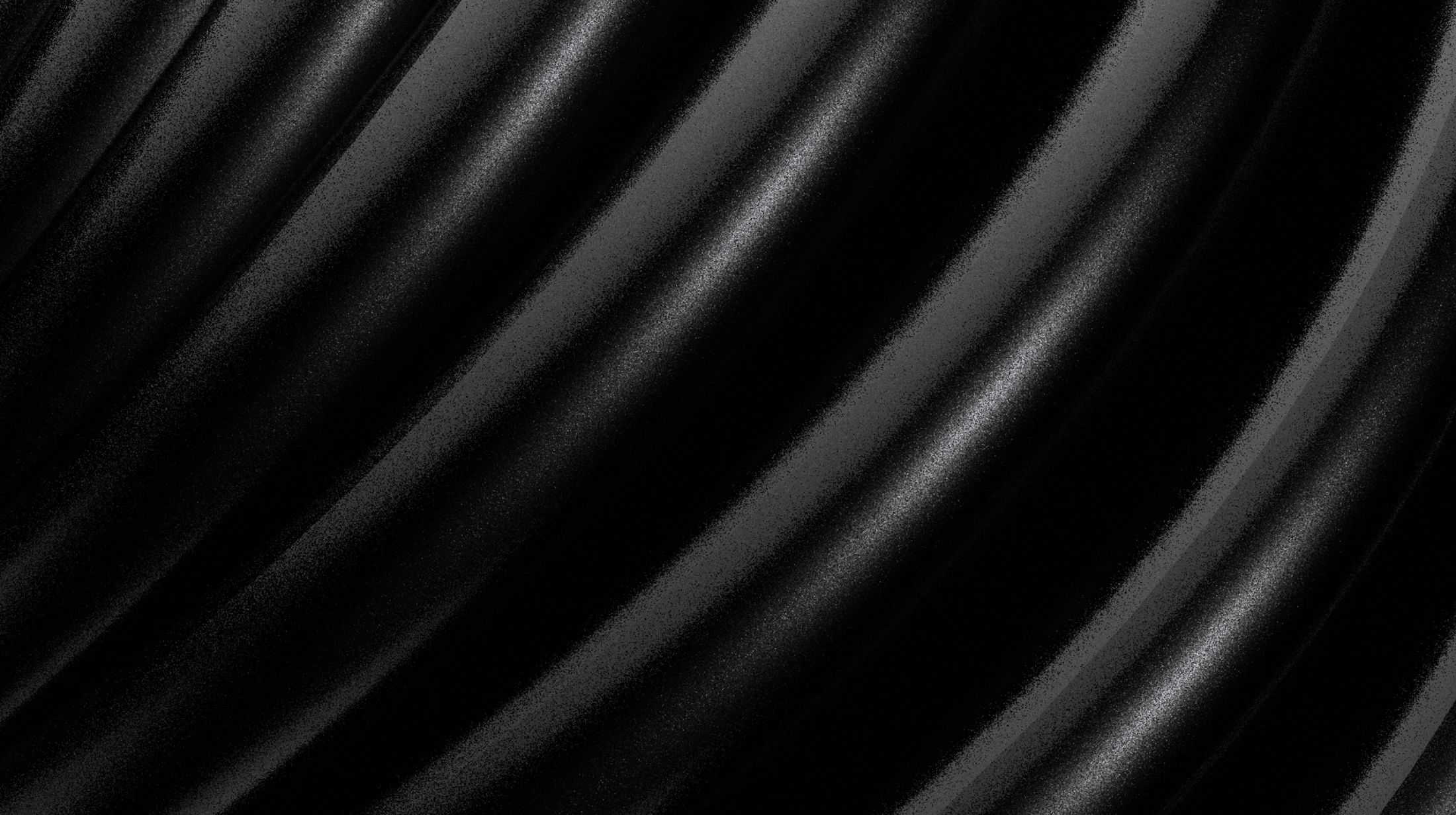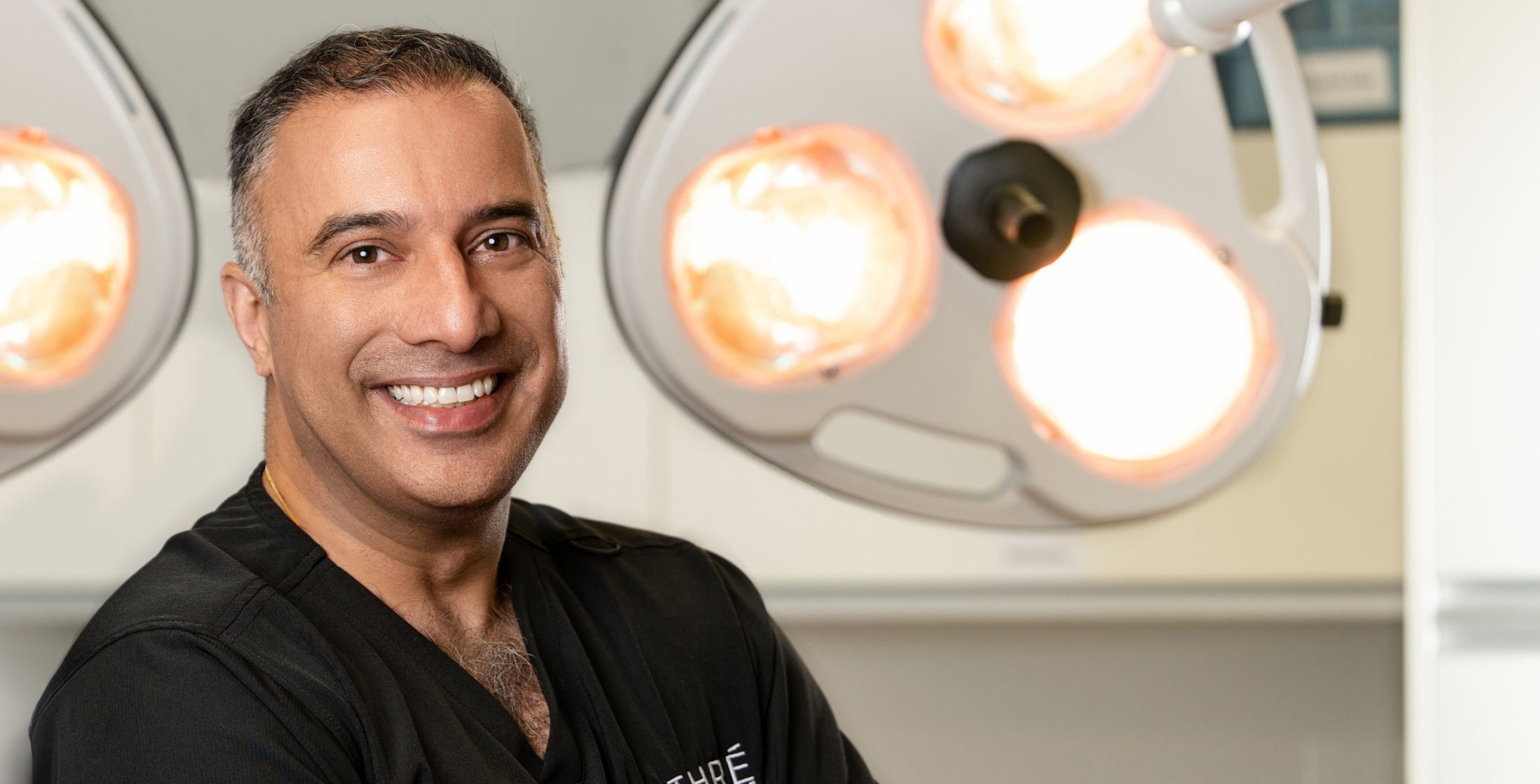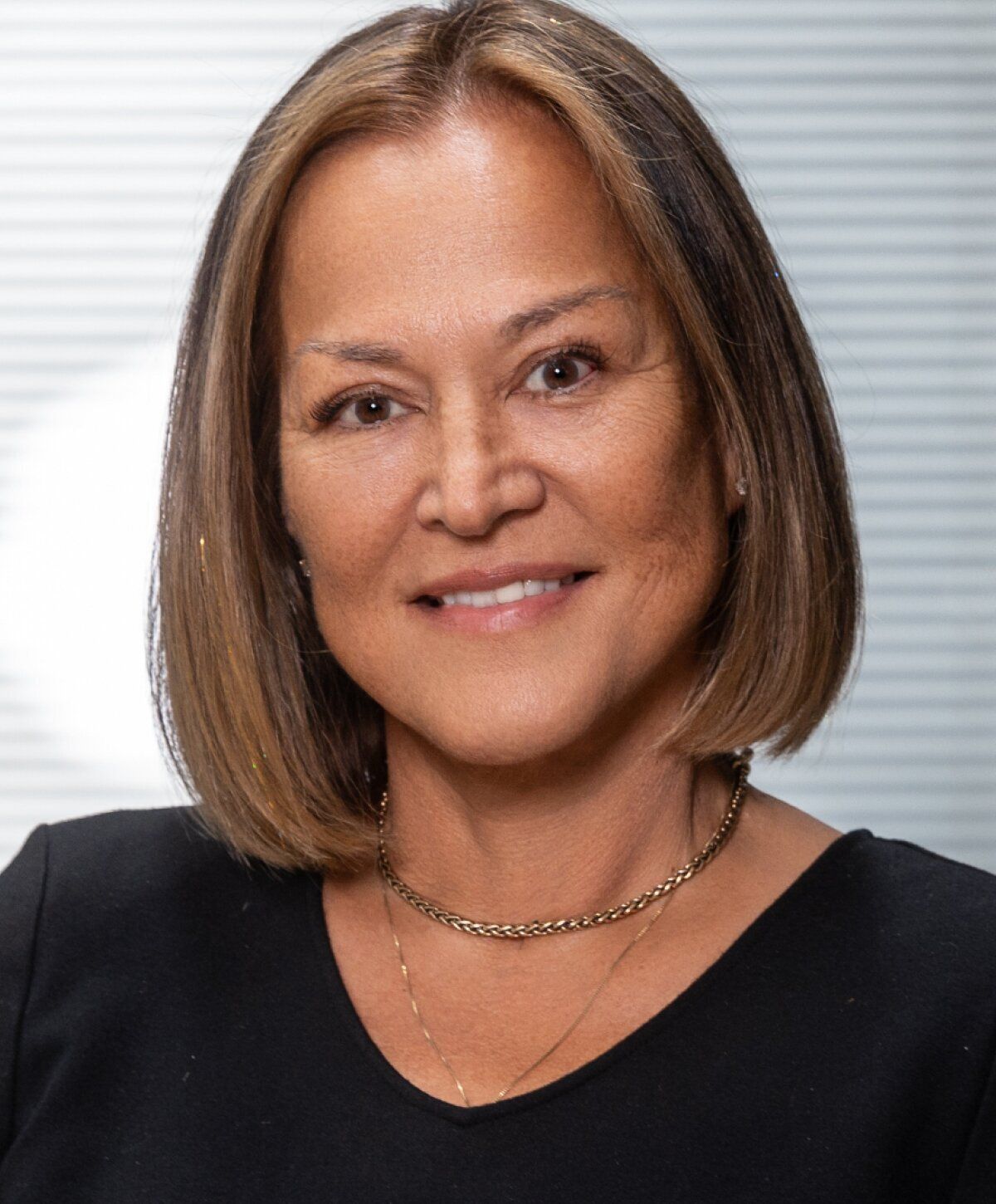



See Dr. Athré Discuss the Definition of Anesthesia on YouTube
In order to have any surgical procedure, anesthesia is necessary. Anesthesia has two sub-components: anesthesia and amnesia.
Anesthesia is the lack of sensation. More specifically, it is the lack of pain. Your skin, and all of your tissues have pain receptors. These receptors react to pin prick pain, heat, cold, pressure, etc. When these receptors get activated, they send a signal via a sensory nerve to the spinal cord and to the brain. The brain is what perceives the pain. The connection to the spinal cord creates a reflex arc. The reflex arc is what draws your hand back when you accidentally touch something that is hot. This reflex arc activates quicker than the sensation of the pain. This is why your hand draws back and then, you actually “feel” the pain.
Amnesia is the lack of memory of the event. Most surgical cases include medications to give you retrograde amnesia. This means that you do not remember the actual surgery.
Facial rejuvenation procedures can be done using various types of anesthesia. The type of surgery, how intense the procedure is, and how long the procedure is also go into consideration when picking the perfect type of anesthesia for the case.

Houston facial plastic surgeon Dr. Raghu Athré shares your options for anesthesia during facial rejuvenation surgery.
Topical anesthesia is the use of an anesthetic cream or gel on the skin or mucous surface to reduce pain. The ophthalmologist uses Tetracaine drops to numb the surface of the eyeball so that he/she can do an examination. Medical spas frequently use BLT or EMLA cream on the face before procedures such as microneedling to numb the face for patient comfort. These are examples of topical anesthesia. Topical anesthesia works well for minor procedures where only the superficial skin or mucous membrane will be operated on. Deeper tissues will not be numb if topical anesthetics are used.

Local anesthesia is the injection of an anesthetic agent such as lidocaine or bupivacaine. The tissues that have contact with the anesthetic agent will be numb and provide a regional anesthesia. This form of anesthesia is excellent for small procedures such as an isolated lip lift or an upper blepharoplasty. In both of these examples, the plastic surgeon can easily numb the main peripheral nerves, and then numb the tissues directly to achieve complete lack of sensation and pain relief for the surgery.
Medications like Lidocaine and bupivicaine block the pain receptors from sending pain signals to the brain. Most of the time epinephrine or adrenaline is included in the injected medication to minimize bleeding and enhance the duration of the anesthesia.
These types of procedures have anesthesia but have NO AMNESIA. The advantages of local anesthesia are that it is quick, very effective, and cost efficient. The main disadvantage of local anesthesia is that you will feel some discomfort of the local anesthetic medicine as it is being injected. The medicine sets up within seconds, but patients who are extremely anxious may not be the best candidates for this type of anesthesia.

Local anesthesia with sedation is a move up the spectrum from plain local anesthesia. In this type of anesthesia, medications to decrease consciousness, provide some degree of amnesia, decrease anxiety, and decrease nervousness are given along with local anesthesia. The medications may be given orally or via intravenous administration.
This is the type of anesthesia that we use most often for our facial rejuvenation procedures. Dr. Athre first gives the patient a “cocktail” of oral medications. These medications give partial amnesia, reduce anxiety, reduce nervousness, and reduce pain.
Once the oral medications have been given time to work, the actual tissues are anesthetized with local anesthesia as described above. This allows the patient to first relax, and have less anxiety before injecting the tissues with local anesthetic.
The advantages to this type of anesthesia include reduced bleeding, reduced bruising, and maintenance of a high level of anesthesia. The disadvantage of local anesthesia with sedation is that patients will feel some discomfort of the local anesthetic medicine as it is being injected. This is usually a very short time, but patients who are extremely anxious may not be the best candidates for this type of anesthesia.
Surveys of Dr. Athre’s patients after undergoing local anesthesia with oral sedation show >99% satisfaction with this type of anesthesia. Patients have very little recollection of surgery, and state that they experienced very little discomfort during the procedure.
Dr. Athre is one of the very few plastic surgeons who is experienced in local anesthesia techniques, and is comfortable performing plastic surgery procedures such as facelifts under local anesthesia. This type of anesthesia is a more difficult technique to master, but is easier on the patient than general anesthesia for most cosmetic surgeries of the face.
Examples of plastic surgeries that can be performed with local anesthesia and sedation include:
Finally, we have general anesthesia. This is the type of anesthesia where the patient is completely unconscious. This type of anesthesia is performed in an outpatient surgical center. This type of anesthesia also has a range from mild anesthesia to the type of anesthesia required for open heart surgery depending on the type of surgery that is to be performed. General anesthesia for facial procedures specifically is towards the mild end of the spectrum of general anesthesia.
This type of anesthesia for facelift anesthesia is great for nervous individuals, anxious patients, and patients with a very low threshold of pain. The primary disadvantages of this type of anesthesia is cost, increased bruising/swelling, and increased bleeding. If you feel that you are a very anxious individual, consider using general anesthesia. The cost of general anesthesia for a facial rejuvenation can be found on our pricing page.
Some surgical procedures are always done under general anesthesia. Rhinoplasty is a great example of surgery that is always done under general anesthesia to prevent complications.
See Dr. Athré Discuss Anesthesia Choices for a Facelift on YouTube
“Couldn’t be any more pleased! I came in with a mindset of what I was expecting and they surpassed my expectations! His staff made me feel so comfortable along the way. Dr. Athre was so kind and makes sure you know what’s going on during the procedure. To anyone contemplating a procedure, go in for a consult and just do it!”
